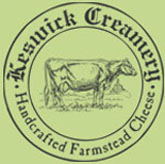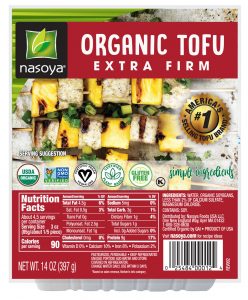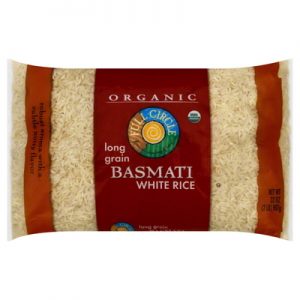- Keswick Creamery Milk and Cheeses – main ingredient: Milk

http://keswickcreamery.com/
I have lived full-time in Carlisle since December of 2018. One of my major goals in 2019 was to patronize local businesses whenever possible in favor of shopping at Walmart or Giant. Currently, my household gets our cheeses and milk from Keswick Creamery, a dairy located just outside of Newburg, PA. I pick up cheese and milk each week at the Farmers on the Square Market.
Keswick grazes their herds of dairy cattle on grass pastures, and does not treat with rBST or other artificial growth hormones. Sara Kelley, a personal friend since we were coworkers at the Juice Box in the Kline back in 2016, raises milking goats and sells their milk to Keswick, which she incorporates into their cheeses as one of their cheesemakers. Operating as a small local business allows Keswick to minimize environmental externalities, as well as to work alongside local environmental organizations to ensure sustainable dairy practices in an environment which is well-acquainted with mega-dairy production. On average, my milk and cheeses travel about 25 miles to reach my refrigerator.
2. Nasoya Extra-Firm Organic Tofu – main ingredient: Soybeans

Nasoya Extra-Firm Organic Tofu
My second staple food this week was Nasoya extra-firm organic tofu, the primary ingredient of this product is soybeans. Nasoya sources their soybeans from Vitasoy-USA, located in Ayer, Massachusetts. Vitasoy and Nasoya are both branches of the same parent company, Pulmuone Foods USA. Soybeans are a crop which requires high irrigation and careful management to avoid pests in an organic system. Large combine harvesters are utilized in the harvest of the crop, which contributes to increased carbon outputs.
Although I do not currently identify as vegetarian or vegan, I endeavor to be a conscious consumer, both in the retail sense and in terms of the foods I eat. Organic tofu is a great alternative to eating meats, as the carbon inputs required to grow soybeans and process the soy into tofu are significantly less than the inputs required for the production of commercial animal products. Given, significant human labor and carbon is still required to produce and harvest the soybeans, clean them, ship the beans to production, press and ferment them into tofu, and then package and ship the products to supermarkets. On average, my tofu has travelled about 450 miles to arrive on my plate.
3. Basmati Rice

Full Circle Organic Long-Grain Basmati Rice
The third food that is a major staple of my diet is long-grain basmati rice. I prefer to purchase organic products when I can afford them, and currently have the Full-Circle brand. I store my dry goods in glass mason jars, so unfortunately I do not have the packaging in order to reference wether the product was produced in the USA or abroad. India is the primary exporter of rice worldwide, but the United States does produce rice domestically, particularly in Texas, Mississippi, and California.
Rice is the most intensive in terms of inputs in both labor required and water usage for production of the three main staples in my diet this week. Rice is grown in a semi-submerged environment, so water usage is quite high. Rice must be harvested from the paddies, transported to processing facilities, hulled and washed, packaged, and finally shipped worldwide to grocery stores. Human labor in rice production is grueling, and extremely tedious. Assuming my rice was produced in the southwestern US or abroad, it is likely that my rice travelled over 1,000 miles to reach my bowl.
Leave a Reply